Level Devil
Level Devil is a platformer designed to mislead the player at every step. It looks like a standard side-scrolling game at first, but each level is filled with hidden traps, collapsing floors, moving spikes, and other unpredictable hazards. The player must move from one side of the stage to the other, avoiding anything that could trigger a surprise death. Unlike traditional platformers that follow patterns, this game deliberately breaks the rules to catch players off guard.
Level Devil is a platformer designed to mislead the player at every step. It looks like a standard side-scrolling game at first, but each level is filled with hidden traps, collapsing floors, moving spikes, and other unpredictable hazards. The player must move from one side of the stage to the other, avoiding anything that could trigger a surprise death. Unlike traditional platformers that follow patterns, this game deliberately breaks the rules to catch players off guard.
Traps and Gameplay Structure
The goal in each stage is simple: reach the door at the end. But the path is never what it seems. A normal-looking floor might suddenly disappear, or a wall might shift to crush the player without warning. Timing and observation help, but many traps only activate once the player is committed. This forces trial-and-error gameplay, where each failure reveals something new about the level’s design. Players must remember where dangers appear and adapt quickly to changes on repeat attempts.
Visual Style and Sound Design
Level Devil uses basic graphics with sharp lines and a limited color palette. This minimalist look makes the traps even more surprising, as the environment gives no obvious hints. Background music and sound effects are minimal but serve to create tension. The game plays with the player’s expectations, often setting up familiar-looking stages before flipping the design in an unexpected way. It uses silence and sudden movement to create surprise rather than relying on complex visuals or animation.
Progression and Challenge
Each level increases in complexity, not by adding new mechanics but by rearranging the rules. The player might reach a point where jumping no longer behaves the same way, or platforms shift position mid-run. There’s no hand-holding or tutorials—just trial, failure, and eventual success through learning. The game becomes a mental challenge as much as a reflex test. Memorizing each level’s tricks is essential to moving forward, but even then, the game often finds a new way to catch players by surprise.
Level Devil rewards persistence. It’s a game that expects the player to fail repeatedly and doesn’t hide it. Its design focuses on subverting habits built from playing more predictable platformers. That constant disruption is what makes it stand out—each level feels like a test of not only skill but awareness and pattern recognition. For players who enjoy problem-solving under pressure, it offers a sharp and focused experience built entirely on surprise.
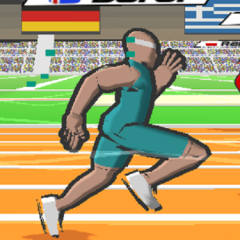

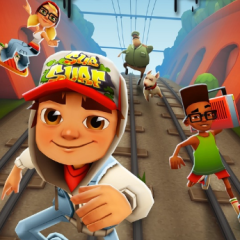
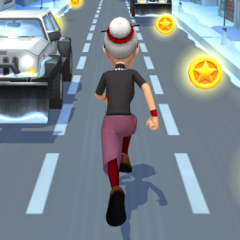

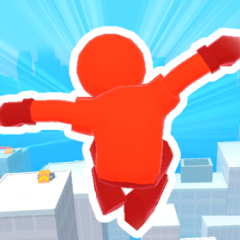

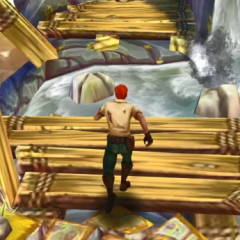

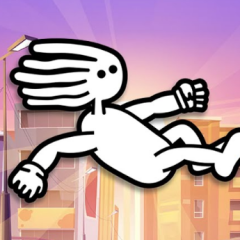
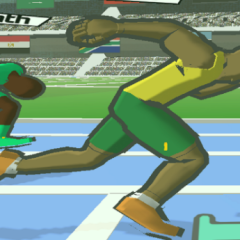


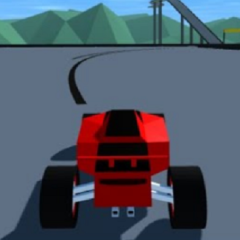

Comments